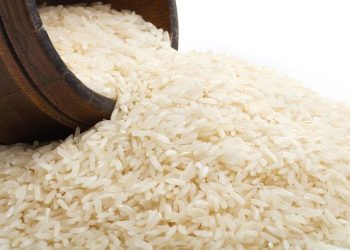Bandung, IndonesiaSentinel.com — Indonesia is facing a structural economic issue known as “Dutch Disease,” according to Amalia Adininggar Widyasanti, Deputy for Economics at the Ministry of National Development Planning (PPN)/Bappenas. The term “Dutch Disease” was first coined in 1977 following the discovery of abundant natural gas reserves in the Netherlands, leading to a decline in the country’s manufacturing sector.
“We’ve fallen into the trap of what’s known as Dutch Disease, which has led to premature deindustrialization,” said Amalia during the launch of Indonesia’s 2023 Economic Report by Bank Indonesia in Jakarta on Wednesday, January 31, 2024.
Amalia, who also serves as Acting Head of the Central Statistics Agency (BPS), explained that Indonesia has been afflicted by Dutch Disease since 2002, driven by the country’s over-reliance on rising commodity prices during that period. As a result, the manufacturing sector failed to grow, leading to a significant decline in its contribution to the national economy. Manufacturing’s share of Indonesia’s gross domestic product (GDP) dropped from 32% in 2002 to just 18.3% in 2022.
“This means we haven’t yet achieved developed-nation status, but the contribution of our manufacturing sector to GDP has already fallen,” Amalia, also known by her nickname Winny, added.
The negative effects of Dutch Disease have made it increasingly difficult for Indonesia to escape the so-called “middle-income trap.” Countries that have successfully transitioned to high-income status, such as South Korea, maintained a robust manufacturing sector, with its contribution to GDP at 24.7% when the country became a developed economy in 1996. Similarly, Singapore’s manufacturing share was 26.6% when it transitioned in 1991.
“Ideally, if we want to leap into developed-nation status, the manufacturing sector must be a key driver, contributing significantly to GDP,” Amalia emphasized.
Returns to Exporting, Who Will Buy Indonesian Sea Sand?
Due to this, Indonesia has remained stuck in the middle-income trap for 30 years and could remain so for another two decades until it reaches its target of becoming a developed nation, or “Indonesia Emas” (Golden Indonesia) by 2045.
“South Korea managed to escape the middle-income trap in just 17 years, transitioning from lower-middle income to high income within that time frame,” Amalia noted. “Indonesia, on the other hand, has already spent 30 years as a middle-income country, and if we don’t escape within the next 20 years, we could be stuck for nearly 50 years. This is too long, and we must act before time runs out.”
To address this, the government is refocusing its long-term development plan (RPJPN) for 2045 on strengthening the manufacturing sector as the core of the country’s economic growth. This shift is part of broader efforts to transform the economy and boost growth.
“We’ve outlined that to reach our vision of Indonesia Emas 2045, we need at least 6% economic growth over the next 20 years, ideally between 6% and 7%, to break free from the middle-income trap,” Amalia concluded.
(Raidi/Agung)


























